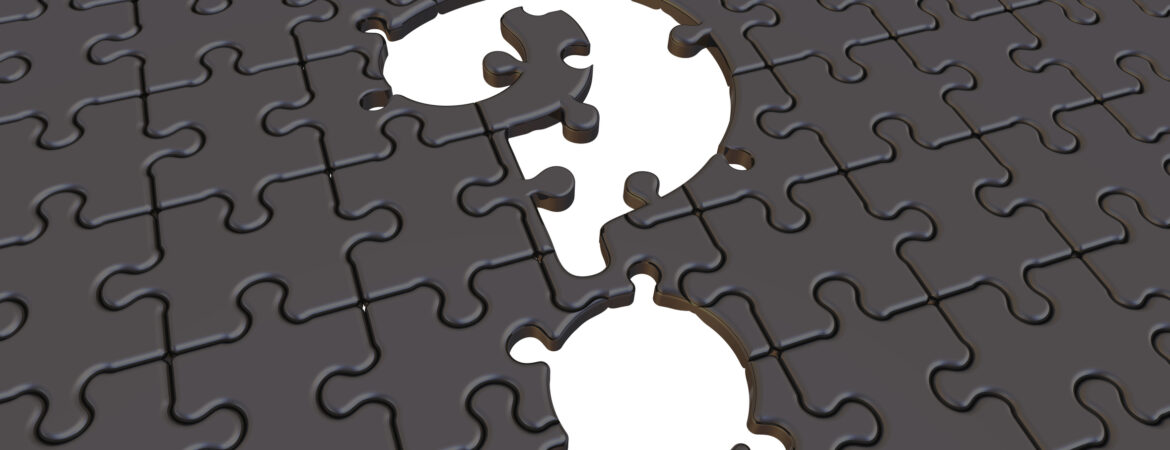
- By Jennifer Buthcer
- March 1, 2024
Solving the Puzzle that is Your Credit Score
Understanding your credit score is like solving a puzzle. It can be intriguing, even challenging, but the end result has great rewards once you master the technique.
Consider the last time you reviewed your full credit score. If you don’t remember, you can request your annual free report from any of the three major bureaus. Your credit score is a single number made up of many different pieces. Understanding how those pieces fit together will help you build your credit score and realize all the benefits that come from increasing that single composite number.
We’re here to shed some light on the credit score puzzle in a way that can help you have some fun while improving your financial future.
The First Piece: Credit Vs. Finances
The first piece of the puzzle is knowing the difference between credit and finances. You can handle your checking/debit account like a pro. But if you never take out a credit card or a loan, your credit score will be average at best.
This is because a credit score measures the way you handle debt and lines of credit. So you have to use credit, and use it wisely, to raise your score.
“It always seems impossible until it’s done.”
– Nelson Mandela
The Many Pieces of the Credit Score Puzzle
Your FICO credit score, the one most commonly used, is made up of five parts. Knowing each piece will banish any credit score myths you may have heard and give you the tools to build the credit score you want.
- 35% Payment History
The biggest piece is your history of responsible credit payments. Do you pay your loans off on time and keep your credit cards in good standing? The longer you do this, the better your credit score will be. This is why taking out loans (like buying a car) and responsibly paying it off can be provide a big boost, even if you have more debt for a while.
- 30% Amount Owed
The second biggest piece is the amount you owe – or your total mass of debt and credit, especially compared to your income. One or two big and well-managed debts is better than many small debts going unpaid. But it’s really about whether you’re using most of your available credit or a modest amount of what you could possibly borrow or owe.
- 15% Length of Credit History
Leading the lower tier is the length of your credit history. The longer your credit history, the potentially higher your score can be. This is why it’s a good idea to open a personal credit card and use it very responsibly starting on your 18th birthday, or as soon as possible. Multiple well-aged accounts in good standing is a good thing.
- 10% Credit Mix
Next, your credit score calculates your mix of credit. Multiple types of accounts, managed, well, reflects positively on your score. For example, a car loan, a credit card or two, and a rewards card with your favorite retailer are solid places to start.
- 10% New Credit
Lastly, avoid opening lines of new credit unless you’re planning on making it a long-term account. A large number of new credit accounts can at least temporarily reduce your credit score.
How Your Credit Score Fits Together
When you’re ready, you can take these pieces of your credit score and build yourself the credit score you want. Carefully tailor how you use credit cards and loans to build a positive record based on how your FICO credit report is weighted and rated. With this strategy, you’ll not only have a score that wins you good interest rates, but also one that opens up opportunities like better rentals, employment, and more.
Of course, if puzzles aren’t your thing, you can always rely on the experts. Call on the puzzle-solving pros at DebtBlue to help you solve your debt quandaries and build yourself a positive financial future.
